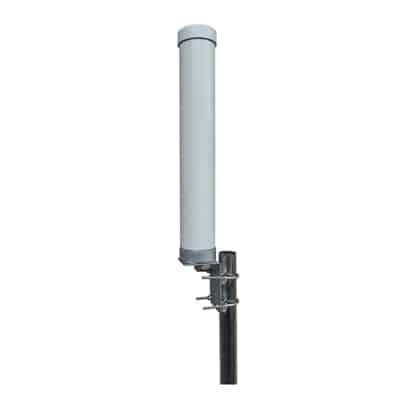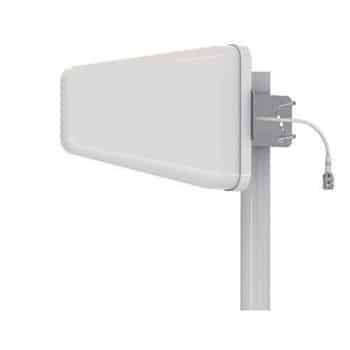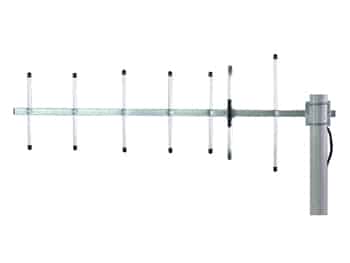4G vs WiFi: Understanding the Differences for Better Connectivity
Did you know that in 2024, the number of internet users worldwide was 5.44 billion? This means that around two thirds of the global population are accessing the internet every day. In today’s fast moving world, having reliable connectivity and internet access has become crucial for both personal and professional activities. Various wireless technologies have revolutionized how people and businesses communicate, navigate, and interact within the digital landscape, and 4G LTE (Long Term Evolution) and WiFi are two such technologies most widely used throughout the world. Both 4G LTE and WiFi have been instrumental in bringing significant levels of efficiency, convenience, and security to personal and business spaces. Both of these technologies come with their own set of advantages and limitations, making them suitable for different use cases. This article will explore the key features of both 4G LTE and WiFi and compare their performance in terms of factors such as speed,











